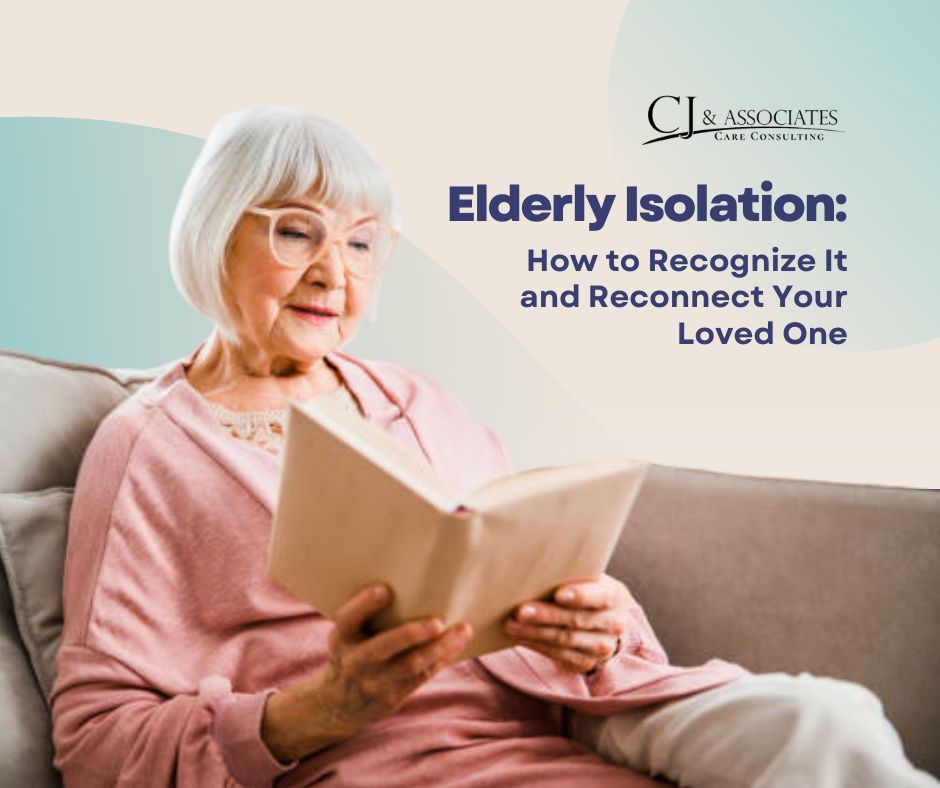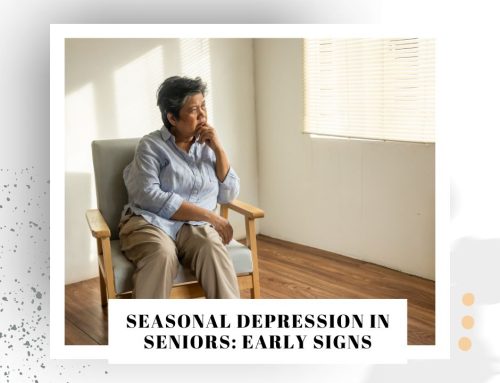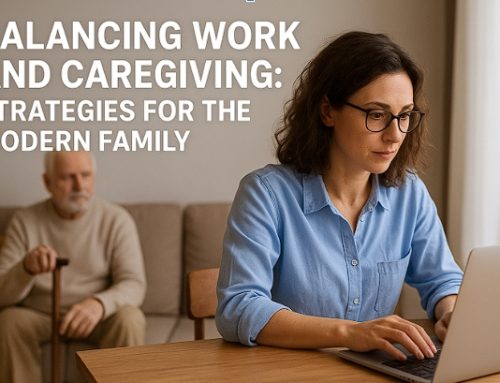As people age, their social circles often shrink. Friends move away, mobility declines, or health challenges make it harder to stay active in the community. Unfortunately, these changes can lead to elderly isolation, a serious issue that can impact both mental and physical well-being. The good news is that with awareness and proactive steps, families can recognize the signs early and help seniors stay connected and engaged.
Why Social Isolation Matters for Seniors
Social isolation is more than just feeling lonely. Studies show that prolonged isolation can increase the risk of depression, cognitive decline, heart disease, and even premature death. Seniors who feel disconnected are also less likely to maintain healthy routines, attend doctor’s appointments, or manage their medications properly. In other words, isolation affects more than mood—it can directly impact quality of life and overall health.
Signs of Social Isolation in Seniors
Recognizing the signs of isolation is the first step toward making positive changes. Look for these indicators in your loved one:
- Withdrawal from activities they once enjoyed
- Changes in eating or sleeping habits
- Neglecting personal hygiene or household chores
- Increased irritability, sadness, or anxiety
- Reluctance to answer phone calls or have visitors
- Complaints about boredom or lack of purpose
These red flags may signal that your loved one is becoming socially disconnected and needs additional support.
Why Isolation Happens
Understanding the root causes of isolation can make it easier to address. Some common reasons include:
- Loss of a spouse or close friends
- Limited mobility or chronic illness
- Hearing or vision impairments
- Living far away from family
- No access to reliable transportation
When these challenges stack up, seniors may find it easier to stay home rather than seek social interaction.
Strategies to Reconnect Seniors and Reduce Isolation
While isolation can feel overwhelming, there are many ways to support your loved one and help them reconnect with others.
1. Encourage Regular Communication
Schedule daily or weekly phone or video calls. Even short check-ins provide reassurance and help seniors feel valued and connected.
2. Promote Community Involvement
Look into local senior centers, hobby clubs, or community classes. Many organizations also offer online activities, which can be especially useful for those with mobility challenges.
3. Arrange Transportation Support
If transportation is a barrier, explore ride services, volunteer driver programs, or community shuttles. Making it easier to get out of the house can significantly boost social engagement.
4. Leverage Technology
Introduce easy-to-use tablets or smartphones designed for seniors. These tools can open doors to video chats, virtual support groups, and online learning opportunities.
5. Encourage Intergenerational Connections
Grandchildren and younger family members can be a source of joy and energy. Plan visits, share stories, or even set up regular letter-writing exchanges to keep connections strong.
6. Consider Professional Care Management
A geriatric care manager can help assess the situation and connect families with resources such as in-home caregivers, companion services, or social programs that fit the senior’s unique needs.
Final Thoughts
Elderly isolation is a growing concern, but it does not have to define your loved one’s later years. By paying attention to warning signs and taking proactive steps, you can help ensure that your loved one feels connected, supported, and valued. Small changes—like regular check-ins, safe transportation, and community engagement—can make a big difference in their overall well-being.
If you’re concerned about an aging parent or loved one, consider working with a professional care consultant. With the right strategies, seniors can maintain meaningful relationships, stay socially active, and enjoy a greater sense of purpose and independence.






